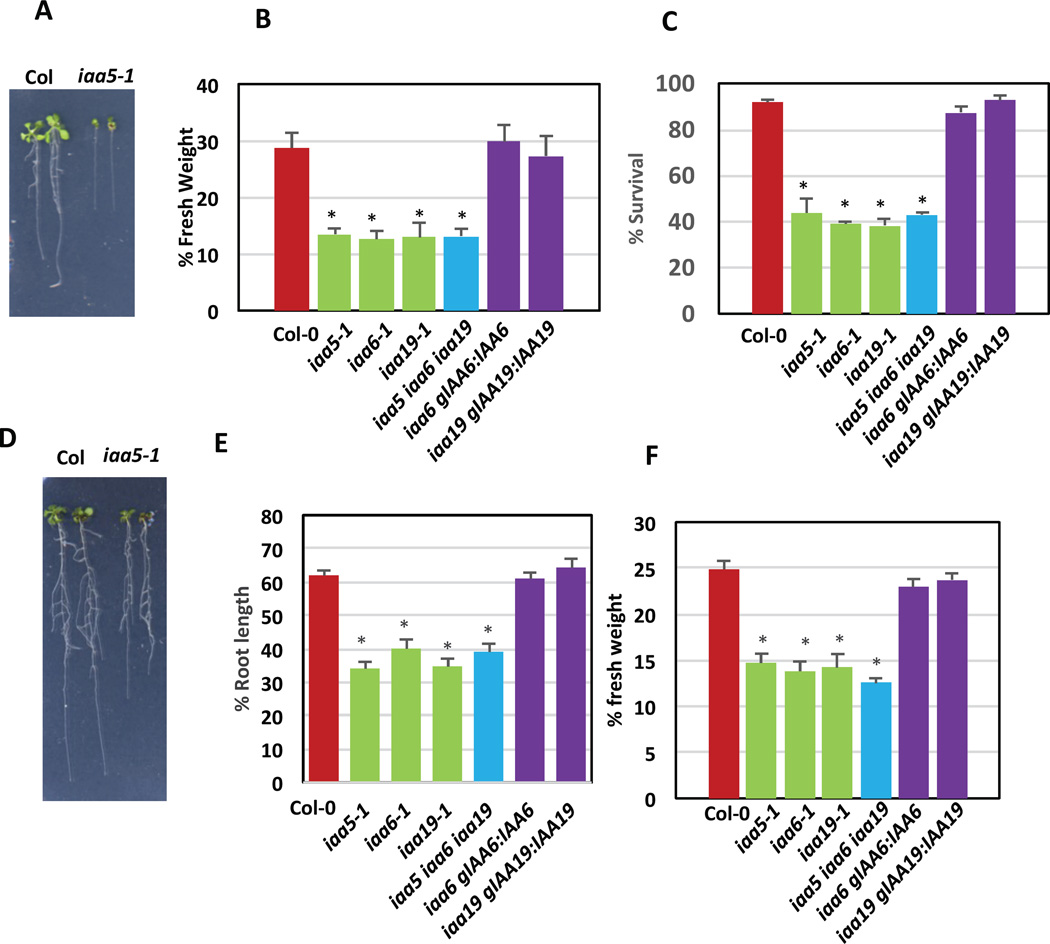Fig 4. The IAA5, IAA6, and IAA19 genes are required for stress tolerance.
(A–C) Response of wild-type and mutant seedlings to desiccation. 7 days-old seedlings were placed on parafilm for 75 min and transferred to ½ MS plates for 10 days. (A) Representative seventeen-day-old Col-0 and iaa5-1 seedlings after recovery from desiccation stress. (B) Fresh weight after desiccation stress relative to respective control plants. (C) Survival rate after desiccation. Data represents mean +/− standard error from one of the three independent biological replicates. n=12–15 seedlings for each genotype. Differences are significant at p<0.001 (*) Student’s t-test for all mutants compared to Col-0. (D–F) Response of wild-type and mutant seedlings to growth on medium containing PEG-8000 (−1.0 Mpa). Seedlings were grown on ½ MS for 5 days and transferred to PEG-infused plates for a further 10 days (D) Representative fifteen-day-old Col-0 and iaa5-1 seedlings after PEG stress. (E) Primary root growth of seedlings after PEG stress compared to the respective control plants. (F) Fresh weight of seedlings after PEG stress relative to controls. Data represents mean +/− standard error from one of the three independent biological replicates. n=12–15 seedlings for each genotype. Differences are significant at p<0.001 (*) Student’s t-test for all mutant genotypes compared to Col-0. See also Figure S6.

